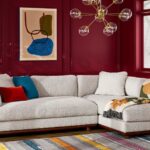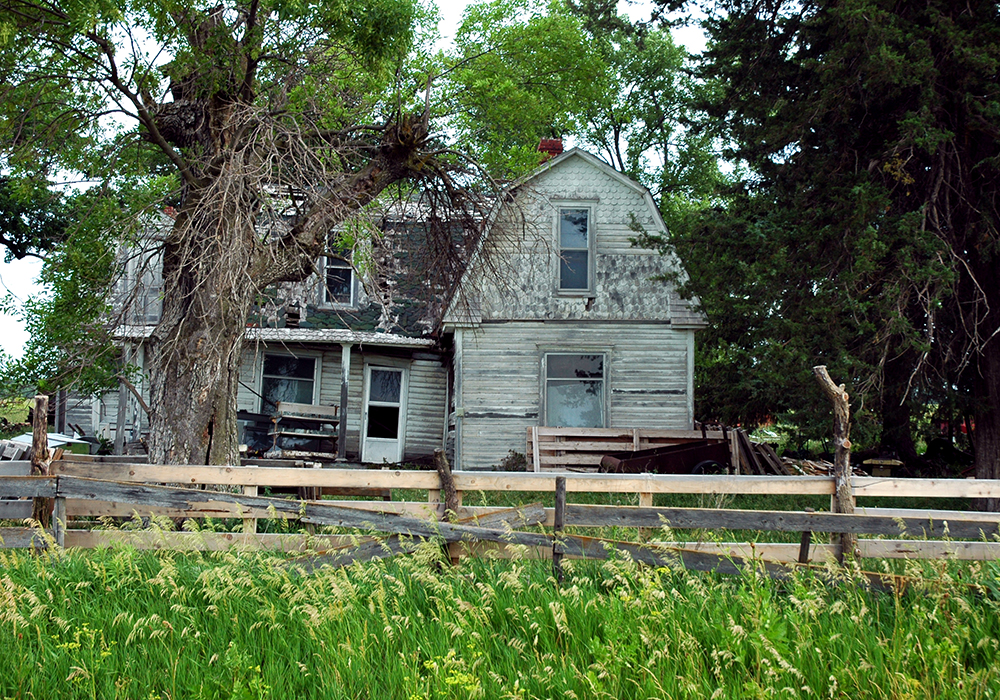There it stood—small, quaint, and out of place. One little house refused to budge amid towering cranes, bulldozers, and the steel framework of modern developments. Edith Macefield’s tiny two-story home in Ballard, Seattle, had been her sanctuary for decades. Developers offered her a million dollars to move, but Edith wasn’t interested in the money. She cared more about the memories her home held. And so, while the city around her modernized, her house remained—a solitary emblem of resilience and nostalgia. This real-life story of a woman who refused to sell her home would later inspire Pixar’s Up, the heartwarming film about a house that floats away on balloons, driven by the power of adventure and memories.
In 2009, Pixar released Up, a film that symbolized love, loss, and the indomitable spirit of adventure. At the heart of the story is the colourful house of Carl and Ellie Fredricksen, tied to thousands of helium balloons, floating away on a whimsical journey to Paradise Falls. This iconic house has since transcended the screen to become a symbol of dreams, determination, and nostalgia for many. But what about this house—both in fiction and reality captivates our hearts? Let’s journey through the story of the Up House, its real-life inspiration, and its cultural impact.
The Story Behind the Up House
In Pixar’s Up, Carl Fredricksen’s house is more than just a home—a physical representation of his life with Ellie, his late wife. Together, they had dreamed of travelling to Paradise Falls, but as life unfolded, their plans were delayed by more pressing matters like home repairs, bills, and medical expenses. After Ellie’s death, the house becomes Carl’s anchor to their shared memories, filled with mementoes of their time together. When developers threaten to demolish it, Carl decides to take matters into his own hands. In an unbelievable and heartfelt act of rebellion, he ties thousands of helium balloons to the house and floats away to fulfil his lifelong dream of reaching Paradise Falls.
The house, with its bright pastel colours and cosy interior, represents the life Carl and Ellie built together. It symbolizes love, memories, and the idea that home is where the heart is—no matter how small or simple.
The Real-Life Inspiration: Edith Macefield’s House
While the floating house in Up is an animated fantasy, its emotional core is deeply rooted in a real-life story. Edith Macefield became a local hero in Seattle when she famously refused to sell her house to developers in 2006 despite being offered $1 million. At 84 years old, Edith chose to stay in the small, ageing house she had lived in for decades. Developers eventually built a five-story commercial complex around her home, making it look like a tiny island in a sea of modern buildings.
The house became a symbol of defiance against the encroaching tide of urbanization, representing an individual’s right to protect their memories and home in the face of corporate pressure. After she died in 2008, the house was left to the construction superintendent, who had helped care for Edith in her final years. In many ways, Edith’s story mirrored Carl Fredricksen’s fictional journey, where love, memory, and the desire to protect one’s home outweighed any monetary offer.
Statistics:
- Edith Macefield’s final offer: $1 million (Seattle Times, 2008).
- Year Edith refused to sell: 2006.
- Year of Edith Macefield’s death: 2008.
Reference:
- Seattle Times. (2008). Edith Macefield, Seattle Woman Who Refused to Sell Her Home.
The Iconic Design of the Up House
The Up house, with its whimsical colours and design, was purposefully created to evoke a sense of nostalgia and warmth. The design team at Pixar paid close attention to detail, making the house look like a lived-in home, filled with personal touches like Ellie’s garden and Carl’s armchair. Every inch of the house tells a story, from the picture frames lining the walls to the knick-knacks scattered on shelves.
One of the most iconic aspects of the Up House is its bright and cheerful colour palette. The house was painted in pastels—light blue siding, yellow trim, and a red roof—which makes it stand out in the film and conveys a sense of childlike wonder and joy. The house becomes a character in the story, representing Carl’s journey of letting go of the past and embracing new adventures.
Statistics:
- The number of balloons used in the animation to lift the house is 20,622 (Pixar, 2009).
- Number of rooms in the house: 2 bedrooms, 1 living room, 1 kitchen, 1 bathroom (inferred from scenes in the film).
Reference:
- Pixar Animation Studios. (2009). Up Production Notes.
The Cultural Impact of the Up House
The Up house has become a cultural icon, inspiring real-life recreations and fan pilgrimages. In 2011, a replica of the Up house was built in Herriman, Utah, by Bangerter Homes. The house was created with permission from Disney and was built to match the movie’s house as closely as possible. From the colourful exterior to the small details inside, such as Ellie’s “Adventure Book” sitting on the coffee table, the house was designed to immerse visitors in the world of Up. The house was eventually sold, but it still stands as a tribute to the film’s magic and storytelling’s power.
The Up house has also inspired a slew of merchandise, from LEGO sets to home decor, allowing fans to bring a little piece of Carl and Ellie’s adventure into their lives. The house has become a symbol of nostalgia for audiences, young and old, reminding us that it’s never too late to chase our dreams.
Statistics:
- The Utah replica of the Up house costs $400,000 (CNN, 2011).
- Average yearly visitors to Herriman’s Up house: 2,000 (Herriman City Tourism Board, 2021).
Reference:
- CNN. (2011). Real-Life Replica of the Up House Built in Utah.
- Herriman City Tourism Board. (2021). Visitor Statistics.
The Themes of Up and the House as a Metaphor
The house in Up is more than just a structure—it is a powerful metaphor throughout the film. As Carl clings to his house, he clings to memories of Ellie and their life together. It isn’t until later in the movie, when he finally lets go of the house, that Carl can move forward and embrace new adventures with his young companion, Russell.
In this way, the house symbolizes the weight of the past and the difficulty of letting go. It also represents the power of memories, love, and the importance of cherishing the people who mean the most to us. The film’s emotional core is deeply tied to the house, making it not just a setting but a character in its own right.
Statistics:
- Critical reception: Upholds a 98% rating on Rotten Tomatoes (Rotten Tomatoes, 2023).
- Box office performance: $735 million worldwide gross (Box Office Mojo, 2023).
- Up: 2 Academy Awards won, including Best Animated Feature (Academy Awards, 2010).
Reference:
- Rotten Tomatoes. (2023). Up (2009) Reviews.
- Box Office Mojo. (2023). Up Box Office Performance.
- Academy Awards. (2010). 82nd Annual Oscar Winners.
Conclusion: The Enduring Legacy of the Up House
In its animated form or real-life counterparts, the Up house symbolizes love, adventure, and the courage to hold on to what matters most. It reminds us that home is not just a place—it’s a repository of memories, hopes, and dreams. For Carl Fredricksen, Edith Macefield, and all those inspired by their stories, the house symbolizes resistance, resilience, and, ultimately, the adventure of life itself.
Sources:
- Seattle Times. (2008). Edith Macefield, Seattle Woman Who Refused to Sell Her Home.
- Pixar Animation Studios. (2009). Up Production Notes.
- CNN. (2011). Real-Life Replica of the Up House Built in Utah.
- Herriman City Tourism Board. (2021). Visitor Statistics.
- Rotten Tomatoes. (2023). Up (2009) Reviews.
- Box Office Mojo. (2023). Up Box Office Performance.
- Academy Awards. (2010). 82nd Annual Oscar Winners.











